I am reading a paper tiled Avalanche photodiodes and quenching circuits for single-photon detection
The paper presents an Active Quenching Circuit schematic, briefly describes its operation, and shows the voltage waveforms for nodes of interest. I understand how the circuit operates for the most part:
- APD is reverse biased above the breakdown level (Geiger mode) initially
- photon absorbed in active area of APD triggers avalanche current
- a comparator senses the avalanche pulse and outputs a pulse that controls the output of a driver
- This driver outputs a signal that controls a switch or MOSFET to connect the circuit to a voltage supply below the breakdown level
- APD avalanche current is quenched
- The driver outputs a signal that reconnects the circuit to the operating (above breakdown) voltage
The circuit schematic and voltage waveforms are shown below:
I am trying to understand the electrical behavior of the circuit (beyond the description that I gave above). I am mainly confused about the high pulse, and exponential voltage transition sections of waveform b, and the corresponding sections on waveform c.
Any explanation would be appreciated
